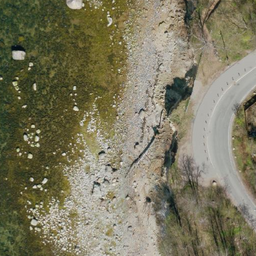The geotechnical study of the Kakumäe coast found that uneven erosion is occurring on the slope. During storms, a cliff collapse could reach the roadway faster than previously thought.
Previous studies showed that the slope retreats an average of 60–70 cm per year. The study notes that during storms, the sea can break the cliff into pieces. This process cannot be accurately predicted.
According to the study, it is impossible to stop the retreat of the slope with simple methods. Since the early 1990s, the slope has retreated 18–21 meters. The study recommends closing a 50-meter section of Kakumäe Road to traffic and making the road two-way.
In addition, it is recommended to close the pedestrian and cycling path located next to the slope. The path may collapse due to annual temperature changes.
Three bus lines use Kakumäe Road: 21A, 21B, and 41B. The study states that buses do not affect the stability of the slope.
Tallinn does not plan to close the section of the road at this time. The deputy mayor says that a risk assessment was made based on the study, and it was decided that closing the road is not necessary. The situation is being monitored regularly.
The Environment and Public Works Department is designing a bus turnaround area, which will be implemented if new assessments show that the road needs to be closed.
The study recommends three methods against landslides: a retaining wall, a wave breaker, and a protective structure. The retaining wall would be 30–40 meters high and cost 2.5–3.5 million euros.
In addition to the road, the building at 249 Kakumäe Road is also at risk. If the slope continues to retreat at the current rate, it could reach the building in 30 years.

